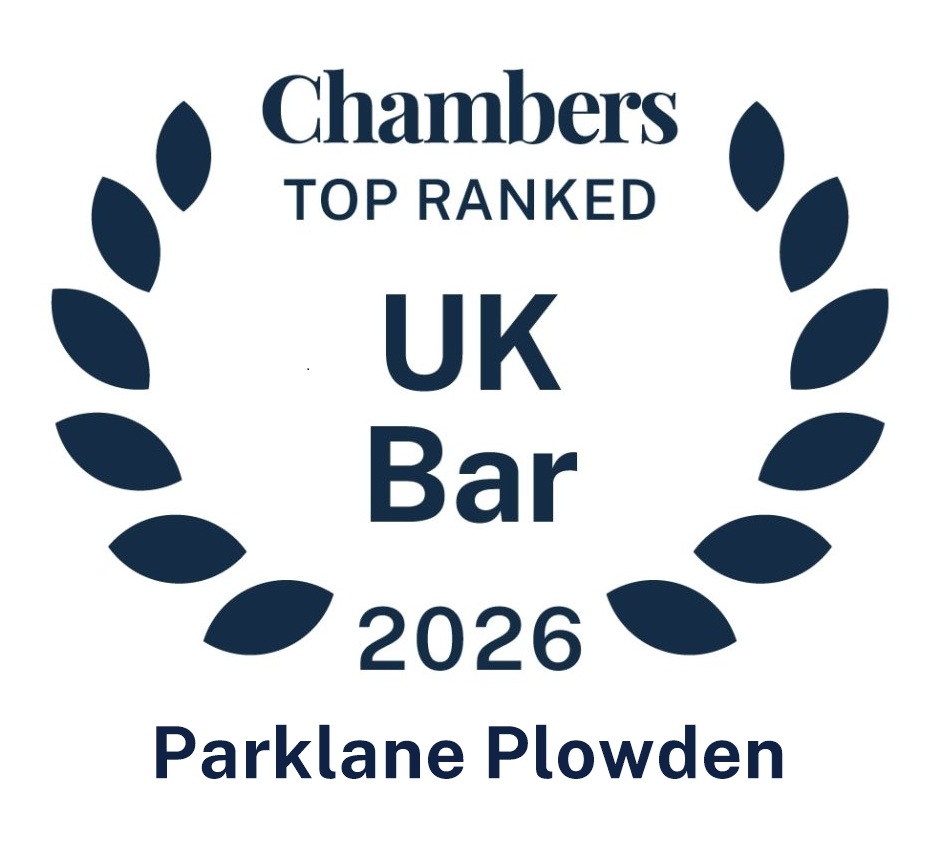<!-- wp:paragraph -->
<p><strong>Speed, Simplicity, and Sense: A New Era for Modest Asset Divorce Cases?</strong></p>
<!-- /wp:paragraph --><!-- wp:paragraph -->
<p>Justice just got faster- or at least that is the aim. The new <strong>Express Financial Remedy Pilot</strong>, launched in April 2025, is set to transform how the family courts handle low to mid-asset financial remedy cases. With a streamlined two-hearing structure, frontloaded preparation, and a firm timetable from issue to final hearing, the pilot is designed to cut costs, reduce delay, and make proceedings more proportionate. The pilot is applicable for the next year across key regions in England, and this fast-track scheme is already reshaping expectations. In this article, we explain who it applies to, how it works, and what practitioners need to be aware of when dealing with pilot cases.</p>
<!-- /wp:paragraph --><!-- wp:paragraph -->
<p><strong>Who does the pilot affect?</strong></p>
<!-- /wp:paragraph --><!-- wp:paragraph -->
<p>The pilot is applicable to cases with <strong>combined net assets of £250,000</strong> (excluding pensions) after deduction of liabilities and mortgages: in essence, the low and modest assets cases.</p>
<!-- /wp:paragraph --><!-- wp:paragraph -->
<p>The pilot does not affect applications for a <strong>variation order</strong> under section 31 of the Matrimonial Causes 1973 or Part 11 of Schedule 5 to Civil Partnership Act 2004.</p>
<!-- /wp:paragraph --><!-- wp:paragraph -->
<p>Please note: if, after completion of the Form A and exchange of Forms E, either party believes that the case should not form part of the pilot, they can <strong>apply to leave it</strong> by lodging a D11. If the court agrees, it will remove the case from the pilot and send a new timetable. When determining whether a case should leave the pilot, the court must consider all the circumstances including whether there are:</p>
<!-- /wp:paragraph --><!-- wp:list -->
<ul class="wp-block-list"><!-- wp:list-item -->
<li>Complex assets or income structures;</li>
<!-- /wp:list-item --><!-- wp:list-item -->
<li>Other potentially complex issues;</li>
<!-- /wp:list-item --><!-- wp:list-item -->
<li>Other circumstances which would prevent an effective FDR as a first hearing, or where the final hearing is likely to require more than one day.</li>
<!-- /wp:list-item --></ul>
<!-- /wp:list --><!-- wp:paragraph -->
<p><strong>What is the aim of the pilot?</strong></p>
<!-- /wp:paragraph --><!-- wp:paragraph -->
<p>The aim of the pilot, also known as the ‘fast-track’ procedure, is to resolve contested financial remedy cases more quickly, by having <strong>a maximum of two hearings instead of three</strong>, thereby enhancing the efficiency in the disposal of FR cases.</p>
<!-- /wp:paragraph --><!-- wp:paragraph -->
<p>The pilot is implemented through <strong>Practice Direction 36ZH</strong>, which amends rule 9 of the Family Procedure Rules.</p>
<!-- /wp:paragraph --><!-- wp:paragraph -->
<p>The pilot is structured as follows:</p>
<!-- /wp:paragraph --><!-- wp:list -->
<ul class="wp-block-list"><!-- wp:list-item -->
<li>There is <strong>no first appointment</strong>.</li>
<!-- /wp:list-item --><!-- wp:list-item -->
<li>The first hearing notice (form C) will list a <strong>financial dispute resolution appointment,</strong> and the following directions will be made:<!-- wp:list -->
<ul class="wp-block-list"><!-- wp:list-item -->
<li><ul><li>Forms E 28 days before the FDR.</li></ul></li>
<!-- /wp:list-item --><!-- wp:list-item -->
<li><ul><li>Agreed property valuations, mortgage raising capacity and questionnaires 14 days after mutual exchange of Forms E. If no agreement on property values is reached, expert report to be obtained.</li></ul></li>
<!-- /wp:list-item --><!-- wp:list-item -->
<li><ul><li>Replies to questionnaire and property particulars 28 days thereafter.</li></ul></li>
<!-- /wp:list-item --><!-- wp:list-item -->
<li><ul><li>Proposals for settlement 21 days before the FDR. These can be open or without prejudice.</li></ul></li>
<!-- /wp:list-item --><!-- wp:list-item -->
<li><ul><li>Schedule of agreed issues to be filed 14 days before the FDR.</li></ul></li>
<!-- /wp:list-item --><!-- wp:list-item -->
<li>ES1, ES2 and agreed chronology to be filed 7 days before the FDR.</li>
<!-- /wp:list-item --></ul>
<!-- /wp:list --></li>
<!-- /wp:list-item --><!-- wp:list-item -->
<li>The FDR will take place <strong>between 16 to 20 weeks from Form A</strong> (please note: the pilot does not apply to applications for a consent order, which will continue to be dealt in the normal way).</li>
<!-- /wp:list-item --><!-- wp:list-item -->
<li>If the parties reach an agreement, they will be expected to apply for a consent order. Government guidance states that this can be done after the hearing via post; legal represented parties will continue the current practice, i.e. draft consent orders for the court to approve there and then, or Heads of Agreement under <em>Rose v Rose</em>.</li>
<!-- /wp:list-item --><!-- wp:list-item -->
<li>If no agreement is reached, the matter will be listed for a final hearing, with open proposals being filed 7 days after the FDR (as opposed to the 21 days required by FPR rule 27A). At this point the court can remove the case from the pilot if appropriate.</li>
<!-- /wp:list-item --><!-- wp:list-item -->
<li>The final hearing will take place <strong>between 26 to 30 weeks after forms A</strong> and will typically last one day.</li>
<!-- /wp:list-item --></ul>
<!-- /wp:list --><!-- wp:paragraph -->
<p><strong>Where is the pilot being implemented?</strong></p>
<!-- /wp:paragraph --><!-- wp:paragraph -->
<p>The court areas taking part in the pilot are Cheshire and Merseyside; Cleveland, Newcastle and Durham; Greater Manchester; Lancashire and Cumbria; North and West Yorkshire; West Midlands.</p>
<!-- /wp:paragraph --><!-- wp:paragraph -->
<p>A full list of the pilot areas can be found at paragraph 1.5 of Practice Direction 36ZH and in the government’s short summary <a href="https://www.gov.uk/guidance/what-to-expect-if-you-are-in-the-express-financial-remedy-pilot">here</a>.</p>
<!-- /wp:paragraph --><!-- wp:paragraph -->
<p><strong>When is the pilot taking place?</strong></p>
<!-- /wp:paragraph --><!-- wp:paragraph -->
<p>The pilot automatically applies to cases where the form A is completed between 7 April 2025 and 3 April 2026.</p>
<!-- /wp:paragraph --><!-- wp:paragraph -->
<p><strong>Conclusions and observations</strong></p>
<!-- /wp:paragraph --><!-- wp:paragraph -->
<p>The fast-track procedure has been on the cards for some time, and is a welcome development which, it is hoped, will help resolve modest asset cases in a quick and efficient way and without the need to incur excessive legal costs. Practitioners are all too familiar with cases where the overall costs are almost equivalent to the asset base, and this is often due to delays. It is expected that this pilot will free up time and space for those more complex cases which require a larger share of the court’s resources and are often stuck in the system for months.</p>
<!-- /wp:paragraph --><!-- wp:paragraph -->
<p>Concerns have been raised in respect of the impact that this pilot will have for litigants in person, for whom the first appointment is the first real opportunity to receive an explanation from the court of what is expected of them and the structure of the process (please see the Financial Remedies Journal article by Caroline Bowden <a href="https://financialremediesjournal.com/content/the-express-financial-remedy-pilot-ndash-a-fast-track-to-success-or-turmoil.b0619405797f437da9c6c104a66952ca.htm">here</a>).</p>
<!-- /wp:paragraph --><!-- wp:paragraph -->
<p>The pilot requires a frontloading approach, which practitioners are already familiar with following the implementation of the Efficient Conduct Statement in 2022. The timetable for the fast-track process is even shorter, and it remains to be seen whether experts are able to assist the parties with these tight turnarounds. Under the pilot, it is expected that the case will conclude in the space of around 7 months from issue, and the final hearing to take place around 10 weeks after the FDR. Whilst the value of pensions is not included in the £250,000 limit and therefore a case involving a fairly large pension can still be run under the fast-track procedure, it is expected that, if a complex pension structure is involved and the report of an actuary is required pursuant to the guidance in the PAG report, parties would be advised to apply to be removed from the pilot. This would enable sufficient time for the completion of a PODE report and a proper opportunity to consider its recommendations.</p>
<!-- /wp:paragraph --><!-- wp:paragraph -->
<p>In the event that matters do not resolve at the first hearing and it becomes apparent that the case needs to be removed from the pilot, it is expected that parties will remain at liberty to explore different options such as a private FDR.</p>
<!-- /wp:paragraph --><!-- wp:paragraph -->
<p>Parties and practitioners must not forget the requirement to engage in NCDR. Just because the process is ‘quicker’, it does not mean that this very important step can be missed. Following the implementation of The <strong>Family Procedure (Amendment No 2) Rules 2023</strong> on 29 April 2024, parties are expected to engage in NCDR and the court may adjourn the proceedings when this has not taken place, or consider departingfrom the general starting point that there should be no order as to costs if a party has refused to attend NCDR without a good reason. In a modest asset case, a proportionate approach to costs is of the essence and it remains to be seen whether courts will apply an even more strict approach to the above requirement to ensure parties do not become embroiled in unnecessary litigation.</p>
<!-- /wp:paragraph --><!-- wp:paragraph -->
<p><em>Giorgia Sessi is part of the Family Team at Parklane Plowden Chambers, her profile can be accessed <a href="https://www.parklaneplowden.co.uk/our-barristers/giorgia-sessi/">here</a>. </em></p>
<!-- /wp:paragraph --><!-- wp:paragraph -->
<p></p>
<!-- /wp:paragraph -->







